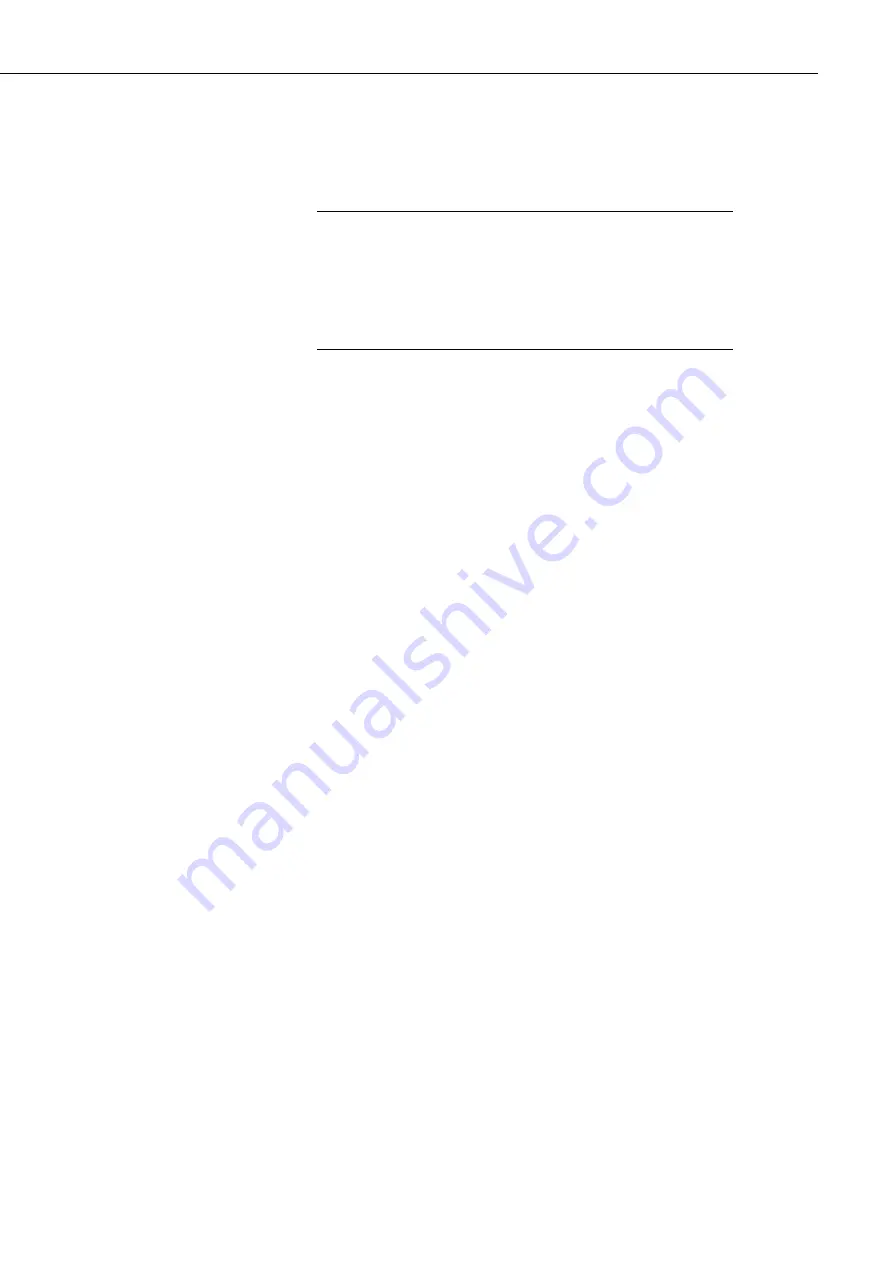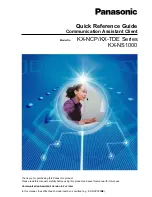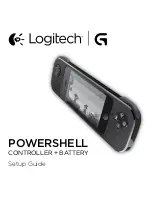
User Guide
37
amount of isopropyl alcohol solvent clean the lens surface by dragging the cloth
across the lens surface being careful not to apply excessive pressure.
Excessive pressure may lead to some types of contaminant scratching the lens
surface. Over time such scratches can lead to reduced sensor accuracy.
Spiders webs and certain `fluffy’ seeds which get lodged in the
optical path can lead to the sensor permanently giving low readings
as they can emulate precipitation. Cleaning the contamination away
with a duster will return the sensor to normal operation.
If spiders are a persistent problem, using some carefully applied
insecticide can deter them.
18. Lubricating the enclosure screws
The CS120A enclosure screws should be lubricated with a suitable anti-seize
grease (often copper loaded) to protect the threads from corrosion. This should be
reapplied when resealing the enclosure at regular intervals, normally after
replacing the desiccant. This is of particular importance if using the sensor in
corrosive or salt laden atmospheres.
19. Desiccant
Two bags of desiccant are supplied. One is inside the enclosure, the other is
separate and sealed in a plastic bag. Desiccant use depends on your application but
for use in typical temperature conditions one bag is sufficient for a twelve month
period. The desiccant should be placed inside the enclosure taking care that it is
not trapped between the lid and the enclosure when the lid is replaced.
The second bag of desiccant should be kept in the plastic shipping bag as a
replacement for when the initial bag needs to be dried out. The bags can be rotated
in this way many times. Desiccant bags can be dried out by the following method:
1.
Arrange the bags on a wire tray in a single layer to allow for adequate air flow
around the bags during the drying process. The oven’s inside temperature
should be room or ambient temperature (25°C - 30°C). A convection,
circulating, forced air type oven is recommended for this regeneration
process. Seal failures may occur if any other type of heating unit or appliance
is used.
2.
When placed in a forced air, circulating air, or convection oven, allow a
minimum of 4 to 5 cm of air space between the top of the bags and the next
metal tray above the bags. If placed in a radiating exposed infrared element
type oven, shield the bags from direct exposure to the heating element, giving
the closest bags a minimum of 40 cm clearance from the heat shield.
Excessive surface film temperature due to infrared radiation will cause the
Tyvek material to melt and/or the seals to fail. Seal failure may also occur if
the temperature is allowed to increase rapidly. This is due to the fact that the
water vapour is not given sufficient time to diffuse through the Tyvek
material, thus creating internal pressure within the bag, resulting in a seal
rupture. Temperature should not increase faster than 0.1°C to 0.3°C per
minute.
NOTE
Содержание CS120A
Страница 2: ......
Страница 4: ......
Страница 6: ......
Страница 8: ......
Страница 23: ...User Guide 13...
Страница 24: ...CS120A Visibility Sensor 14...
Страница 25: ...User Guide 15...
Страница 50: ...CS120A Visibility Sensor A 2...
Страница 52: ...CS120A Visibility Sensor B 2...
















































